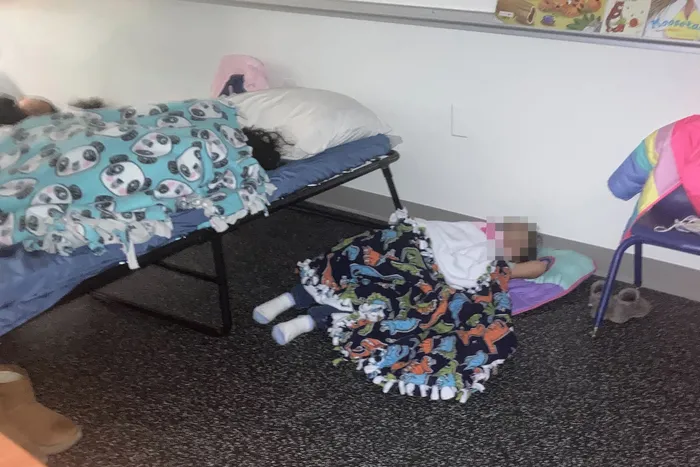Report: PA in ‘crisis’ with shortage of juvenile detention beds
May 24, 2024 – Danielle Smith, Public News Service (PA) A new report is sounding the alarm on Pennsylvania’s juvenile-detention capacity challenges, citing understaffing and long wait times for the young …

May 24, 2024 – Danielle Smith, Public News Service (PA)
A new report is sounding the alarm on Pennsylvania’s juvenile-detention capacity challenges, citing understaffing and long wait times for the young people awaiting placement.
The report says five of the 13 youth detention facilities are used by just five counties, and that 57 counties must vie for beds at only six facilities statewide.
Dr. Abigail Wilson, director of child welfare, juvenile justice and education services at the Pennsylvania Council of Children, Youth and Family Services, said some counties are forced to send kids hundreds of miles away to find detention space. She noted that more funding could help clear the waitlists and reduce disruption to families and communities.
“Funding impacts the workforce issues,” she said, “and it’s difficult to staff some of these facilities, because the pay doesn’t quite match the need, and the higher level of risk that you take, when you work at a secure detention center.”
Wilson added that it’s also difficult to move a young person into a probation or “step-down” program, since these struggle with understaffing and underfunding. The report notes that detention is meant to provide “temporary, secure and safe custody,” and is used only when less restrictive alternatives have been considered.
On the other hand, Wilson said she thinks Pennsylvania has done a good job identifying the needs of youths in trouble, with a big commitment to evidence-based assessments and services within the juvenile justice system.
“So currently, our system uses the youth level-of-service assessment to look at risk for recidivism, as well as appropriate level of service,” she said. “They’re able to very quickly see, while placing a youth in a family-like setting is the main priority.”
The report reveals that almost 90% of all corrections agencies reported moderate or severe difficulties hiring and retaining front-line facility staff, with job vacancy rates as high as 30% to 40%.
Wilson said the report makes several recommendations, but tackling the workforce shortage through improved funding is the key to all of them “because we can’t effectively run programs and serve youths without highly qualified staff.
“So, when we offer those pay increases, smaller youth-to-staff ratios, reformed onboarding training,” she said, “we can continue to recruit these highly qualified staff.”
Wilson said alternatives to detention are often community-based programs that offer supervision, mentoring and therapy for a young offender as they await their court date, and may include working with their family.
The above article can also be accessed online HERE.



